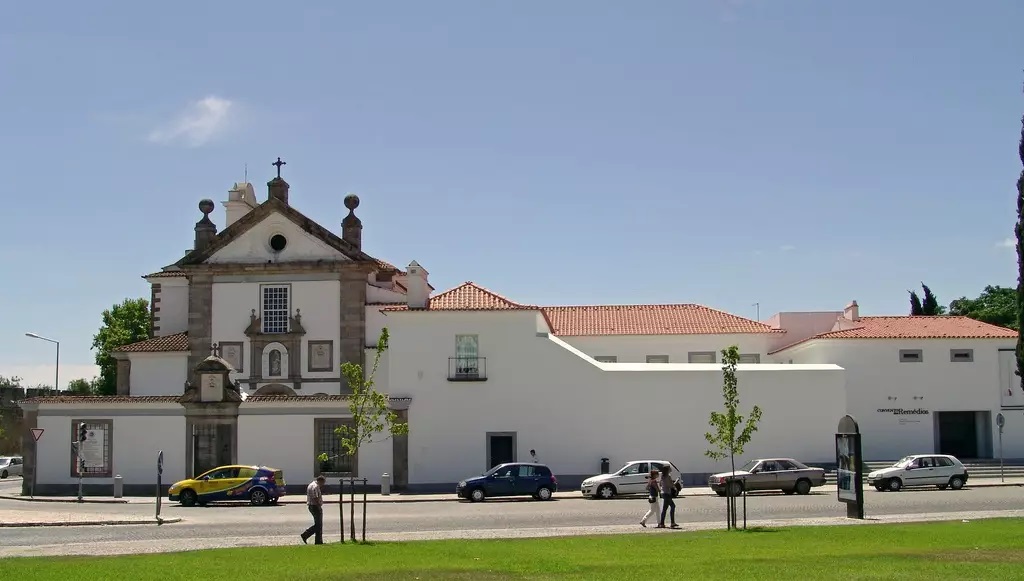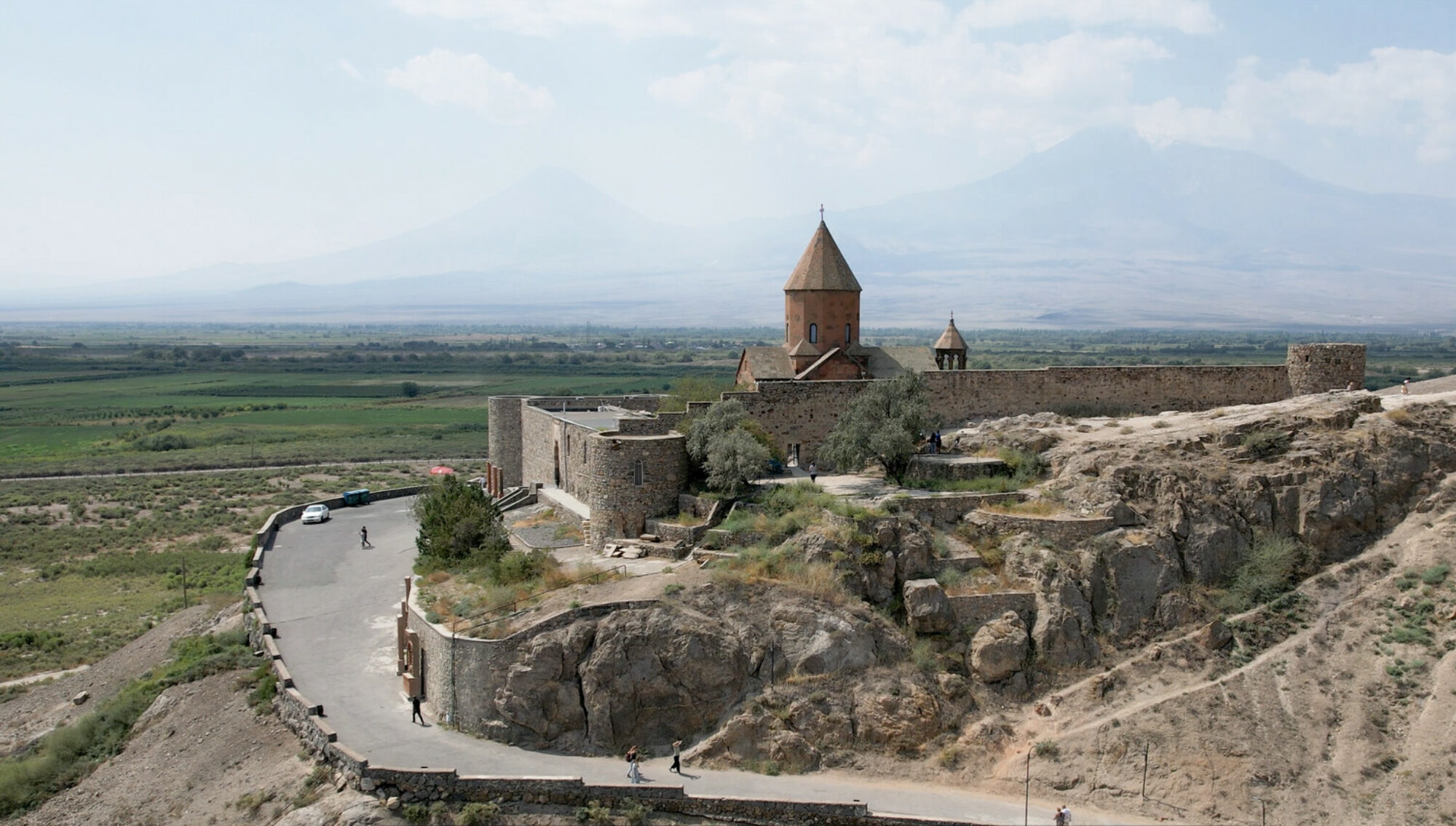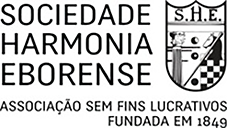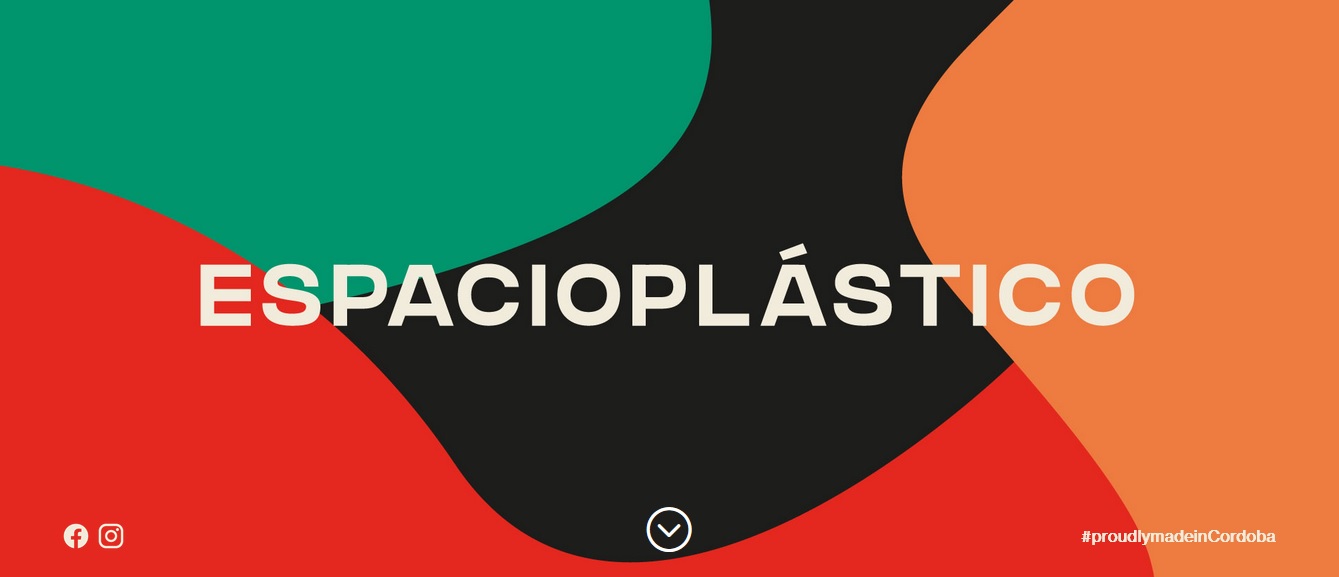are  The Faculty of Philosophy and Letters of the University of Zaragoza (along with that of Sciences) has its origins in the Middle Ages; that is, in the Arts Studies, as was the Zaragoza, in which the teachings related to the Roman system of
The Faculty of Philosophy and Letters of the University of Zaragoza (along with that of Sciences) has its origins in the Middle Ages; that is, in the Arts Studies, as was the Zaragoza, in which the teachings related to the Roman system of
Trivium (Grammar, Rhetoric and Dialectic) and Quadrivium (Arithmetic, Geometry, Music and Astronomy), although somewhat expanded, since they included theological and philosophical studies.
The Study of Zaragoza, which was already in operation in 1335, reached the category of Study General of Arts in 1474 by bull of Pope Sixtus IV, issued at the request of the king Ferdinand of Sicily, then also Prince of Aragon (ratified by Juan II of Aragon in 1476) and its teachings were the basis of university studies,
giving life later to the differentiation of studies by faculties, adding others, and therefore to the University or General Study of all faculties, as the faculties were then called universities (later “literary universities” to distinguish them from “neighboring universities or councillors”.
In 1542 (Monsoon, September 10), by the imperial privilege Dum noster animus granted by Carlos V created what we now call the University,
including the Faculty of Arts -first name of such category of the current Faculty-, although it did not become fully operational until 1583. This year dates the first graduate, who was Pedro Cerbuna, for incorporating his bachelor’s degree on November 29, great benefactor, known as the “Founder” of the University, as was also the “Protector”, Doctor in our Faculty, Pedro Apaolaza; the Deanship of the current Faculty, retains the original of the Degree of Bachelor of Arts of D. Juan Villa, Darocense, who obtained it on the 10th of July 1591. Then the symbolic color of the Faculty was the blue.
The passage of time and its circumstances made the Faculty will change and with it also its name, phenomenon that seems to have occurred in the nineteenth century, when moved on to the Faculty of Philosophy, where the teachings that had been developed from the philosophical core
scientist that it had in its origins.
From the Moyano Law (Public Instruction Law, of September 9, 1857, published on the 10th of the same) officially appears the denomination of FACULTY OF PHILOSOPHY Y LETRAS, which in Zaragoza meant the transformation of the traditional ARTS and PHILOSOPHY. The name, not the existence, changed as has been seen, passing through specifying the symbolic color of the Faculty that, in 1859, was specified to be “light blue” (Regulations of the Universities of the Kingdom). Serious vicissitudes had to endure throughout the century – like the University itself, threatened to disappear, in 1835‐, but especially the attempted suppression suffered ends of the same, since in 1899 the Government decided to include it in its “savings” plans. The support of reason made reject such nonsense.
The 20th century had an important institutional beginning, since together with the restructuring in the last year of the previous century (1900) of all the faculties of Philosophy and Letters of Spain, creating the sections of Philosophical Studies, Literary Studies and Studies Historical, an event occurred
outstanding in ours how was the creation of your exclusive emblem, placed in the Seal that began to be used on December 8 1906: some books, a symbol of reverence for knowledge in general (specifying them in the “Annals” of Jerónimo Zurita) and a crown with a scepter, as symbols of authority in knowledge as well as dedication to the study of history all its aspects.
It is in 1931 when the College starts a new with the Plan of 1931, later creating the degrees in Classical Philology, History Ancient, Medieval History, Modern History and the Certificate of Archivist-Librarian and Archaeologist, which began to be taught in the 1933-1934 Course (the entrance exam was had done in the previous course). The patronage of San Isidoro de Sevilla was admitted by all the Spanish faculties of Philosophy and Letters, being commemorated and celebrated on the 4th April, unless the date is changed due to coinciding with other festivities, which is announced with sufficient time to carry out the institutional acts, among which the delivery of diplomas and badges with the emblem of the Faculty to those who have completed their studies. The new Regulation of the Spanish University (1943) and subsequent decrees (1944), as well as the Study Plan of 1953, the General Law of Education and Financing of the Educational Reform (1970) with the Study Plans of 1973, modified for later needs (1975‐1988), resulted in the existence of the following sections within the Faculty: Classical Philology, Hispanic Philology, English Philology, Filo.
Address: Calle San Juan Bosco, 7, 50009 – Zaragoza, Spain
Capacity: indoor
Contact Person: Almudena, Martín Pérez
Contact number: +34620786124
Website: http://fyl.unizar.es/
Facilities: Toilets
GPS: 41.64445077924004, -0.9016392130105197
 Following the remodeling of the Order of Carmo, the Discalced Carmelites settled in Évora in the 16th century, outside the Fernandina wall, in front of the keep. The Church was consecrated in 1614.
Following the remodeling of the Order of Carmo, the Discalced Carmelites settled in Évora in the 16th century, outside the Fernandina wall, in front of the keep. The Church was consecrated in 1614.














